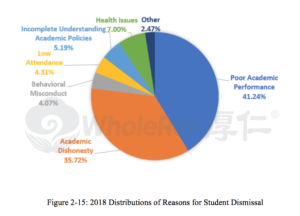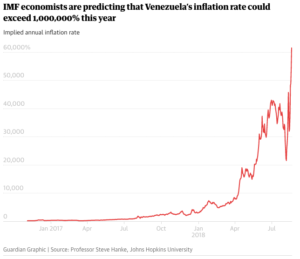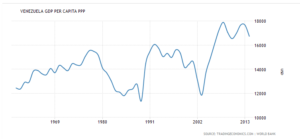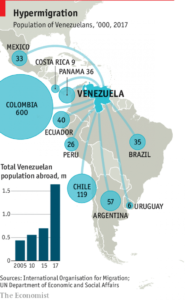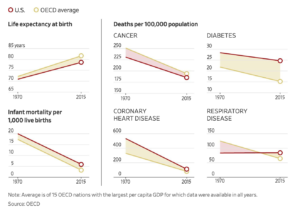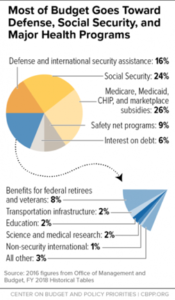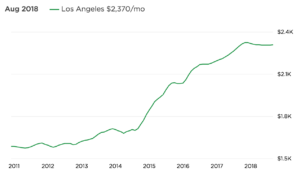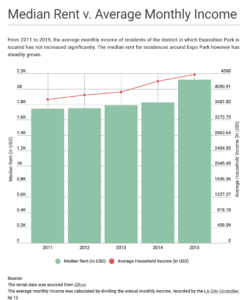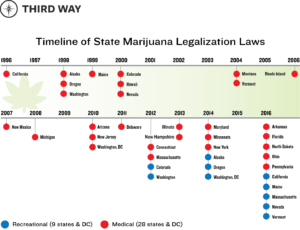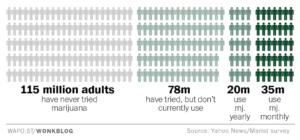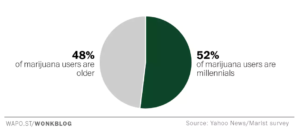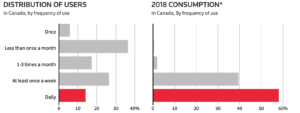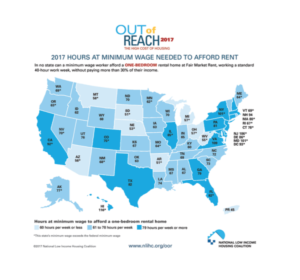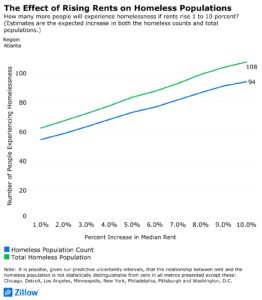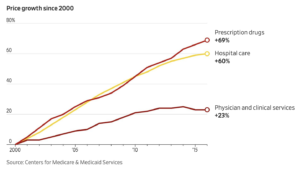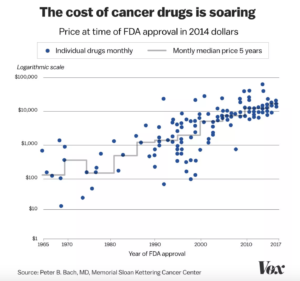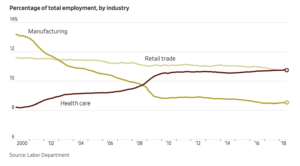How Chinese Artificial Intelligence Technologies Have Been Developed to Compete With the U.S. Technologies
During the 1980s and 1990s, Artificial Intelligence (A.I.) had been researched and developed in the United States by research universities including Dartmouth College and Massachusetts Institute of Technology. Gradually, the research of A.I. has transferred from major universities to big tech companies. Its core researching regions have also spread to China.
Culturally, U.S. tends to misunderstand the nature of all China’s technology development, believing that all the high technology-based skills are stolen from the Silicon Valley and duplicated in some Chinese companies.
However, in 2017, Chinese A.I. startups received approximately US $ 6 billion funding around the world, and it was the first time that startups from other countries overtook the U.S. -based A.l. startups. Technology accumulation, cultural differences, government support and Chinese A.I. companies’ relation with Silicon Valley have all contributed to Chinese A.I. companies’ success in funding.
“It is not a coincidence,” said Li Jin, a Chinese software development engineer who works in the Silicon Valley. “It is a new trend.”
Jin is working on the Department of Music in Amazon. Since its popular A.I. assistant Alexa came out, Jin has wondered whether his company would have any interest in getting into the Chinese market.
The Chinese government now provides high-level support for the A.I. industry and implements tech-friendly policies in the tech business. One primary reason is that the success of mobile payment gives the Chinese government confidence that Chinese people have a relatively high acceptance of new technologies.
For example, Jack Ma, the chairman of Alibaba, was the first businessman who recently launched wireless dining in a smart restaurant. Customers can order food via an intelligent interaction by touching the screen. By using facial recognition at the first time, customers’ facial information will be stored into the system. Next time, the restaurant system will remember customers’ face and recommend food they potentially like. At the end of the lunch, people don’t have to pay for something physically, but their bills will be directly taken from their Alipay account. Alipay’s popularity stimulates the implementation of the smart restaurant.
Jin said that this A.I. restaurant implementation case is the combination of facial recognition and Alipay, which was developed by the same company Alibaba. Without the popularity of Alipay, this kind of restaurant won’t work for most of the customers.
Ma called this wireless restaurant “the future of smart restaurants.”
Government Policies and People’s Quick Adoption Are The Key Reasons
The Chinese government is willing to pick the best among the technology companies, giving them enormous advantages to enter the market and protecting them from foreign competition. The technology products of Alibaba, Baidu and Tencent can avoid their foreign competitors including Google, Facebook and Apple, and quickly occupy the Chinese market.
When Silicon Valley companies research similar products or services, it is always forbidden to imitate each other’s business models. However, in China, with the support of the government, a valuable and practical concept usually gets picked by dozens of companies.
Willie Chan, an ASIC design engineer in Silicon Valley, said more companies rush into the A.I industry when the government gives subsidies to any company that claims to have a qualified A.I. product.
One of the challenges faced by the A.I. companies is that A.I. software requires qualified hardware to run it. Because China has developed large hardware technology bases such as the Greater Bay Area in Shenzhen, A.I. companies can easily cooperate with hardware companies by moving to the same area. Generally, different types of technology companies gather at some developed cities in China, which is similar to San Francisco’s Silicon Valley.
Every year, thousands of talented people then all come to these new technology cities. For instance, Shenzhen is one of the well-known hometowns of A.I. companies. Each year, more than six million students come to the Greater Bay Area to search for jobs. Hundreds of companies also recruit talented people all around the world.
Unlike Americans who always question the security and privacy of new technologies, Chinese customers are willing to give innovations a try. The Chinese population’s high adoption rate of the recent high tech helps Chinese A.I. companies to practice their products. For example, China has the largest user population of mobile payment, bike-sharing and ride-hailing apps. Since the sharing culture including Uber and Airbnb entered from the U.S. to the Chinese market, Chinese companies have expanded this trend to more products: shared basketball, shared umbrella, shared mobile and phone chargers.
Potential Threats and Future Opportunities
Chan said that it is very valuable for large American countries such as Google and Facebook to put investments into the A.I. research during the past ten years; meanwhile, the Chinese companies focus more on simple A.I. technologies such as facial recognition and its related apps. Therefore, it is much harder for American countries to test their products by the same amount of people like these Chinese companies do.
Chan said he recently quitted his job on a Chinese A.I. company in Silicon Valley. He said the main purpose of his previous company to have a branch in Silicon Valley is to hire more high-tech talents. Under the culture of job-hopping, his boss believed that he could find talents who had worked for American A.I. companies before.
For Chinese A.I. companies and American A.I. companies, there is no complete block between two countries. Some American A.I. companies have tried to form a partnership with existing businesses in China so that they may better practice their products. On the other hand, in order to further research and develop A.I. technologies, Chinese companies need to participate the ongoing innovations.
Sources:
https://www.information-age.com/silicon-valley-china-next-global-home-tech-123471704/
https://www.information-age.com/shenzhen-next-silicon-valley-123471169/
https://www.technative.io/could-china-win-the-global-artificial-intelligence-race/
https://www.thestar.com.my/news/regional/2018/08/05/chip-labour-robots-replace-waiters-in-china-restaurant/
https://www.yicaiglobal.com/news/jack-ma-savors-wireless-dining-smart-restaurant-co-built-alibaba%E2%80%99s-ant-and-koubei
https://medium.com/syncedreview/chinese-startups-hauled-in-half-of-2017-global-ai-funding-49bd97ef3746


